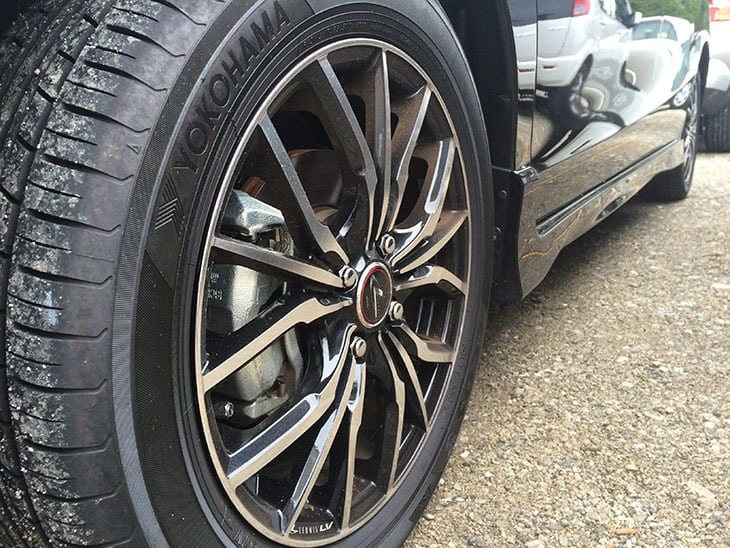Replacing your tires doesn’t just increase your vehicle’s fuel efficiency, it makes it much safer to drive too. When tires become worn or damaged, they’re unable to grip the surface of the road as effectively. This increases the risk of skidding and impacts your braking distance. If you want to ensure your vehicle is safe on the road, it’s important to recognize the tell-tale signs you need new tires:
- Minimal tread depth
New tires generally come with a tread depth of 10/32” or 11/32” but this will decrease the more you use your vehicle. According to the U.S. Department of Transportation, tires should be replaced when the depth reaches 2/32” and this is actually the law in many states. However, this doesn’t mean you should wait until your tire tread depth gets to 2/32” to get new tires.
Many tire manufacturers recommend replacing tires well before the legal limit to increase safety and enhance performance. A minimum depth of 3/32” for summer tires and 4/32” for winter tires is generally accepted throughout the industry but check with your tire manufacturer to determine when you should replace your tires.
- Age of tires
If you don’t use your car all that often, the tread depth may not wear down very quickly. In fact, you could have the same tires for years and still be above the legal tread depth limit. However, tires won’t last forever, regardless of whether you use the vehicle or not. Due to this, you should replace your tires at regular intervals.
All tires should be inspected by a professional if they’ve been in use for more than five years and it’s very rare for tires to last for more than 10 years from their date of manufacture – even if they’ve never been used.
- Squeaking or whining
If your tires start to make strange noises, it’s usually a sign that’s something amiss and you’re going to want to visit TDot Performance for a new set. A strange sound can be the first sign that a tire is becoming worn or that it’s been damaged in some way. Even if it looks fine, it’s always worth asking a professional to check your tires over if you begin to notice unusual sounds when you’re driving.
- Visible cracks
As tires begin to wear out, the rubber may start to crack. Of course, it’s extremely dangerous to keep using tires when they’re in this condition, so it’s vital you switch them out immediately. By replacing tires as soon as damage becomes apparent, you can potentially avoid unnecessary accidents and keep yourself and other road users safe.
Buying the Best Tires
Finding the right tires for your vehicle will depend on a number of factors. That’s why it’s a good idea to check your car’s manual before you make a purchase. By correctly identifying the size and style you need, as well as the level of performance you’re looking for, you can narrow down your options and find the best tires for your vehicle, and doing so will help to endure that you stay safe and efficient on the road.







